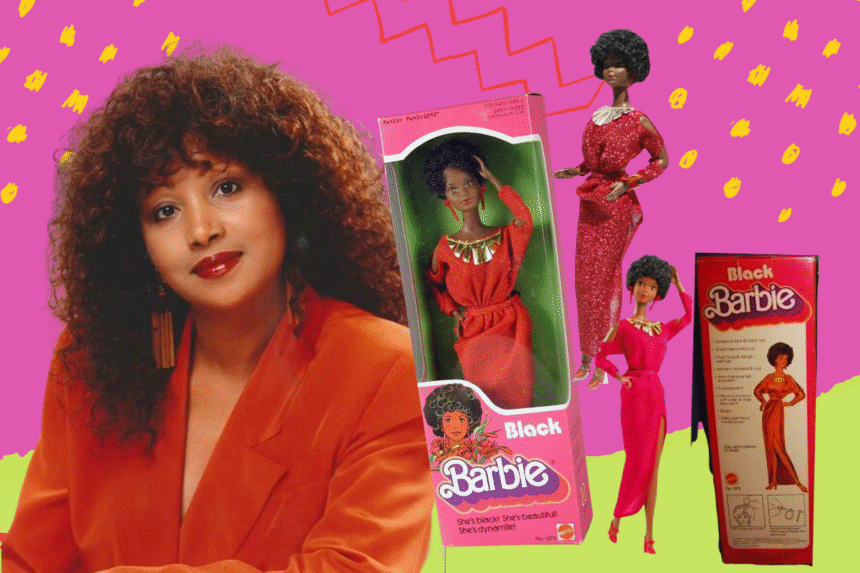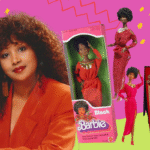Long before “diversity” became a trend, one Black woman picked up her pencil and decided it was time for a change. She believed every child deserved to see themselves in the toys they played with; not just as the friend, but as the star. What she created wasn’t just a doll. It was a moment of magic, confidence, and pride for Black children everywhere.
When the first Black Barbie came out in 1980, it wasn’t just a new doll on the shelf. It was a major moment for Black children everywhere. For the first time, Barbie wasn’t just a friend or background character. She was front and center. She was bold, beautiful, and Black. The visionary behind this transformation was Kitty Black Perkins
Kitty grew up in Spartanburg, South Carolina, where there weren’t many toys or TV shows that looked like her. She loved fashion and followed her passion all the way to Los Angeles, where she studied design and worked hard to make her dreams come true. In 1971, she was hired by Mattel, the company that makes Barbie. That was a big deal, especially since not many Black women were designing toys at that time.
Kitty didn’t just want to design pretty clothes. She wanted to change the way Barbie looked and what she represented. She wanted little Black girls to pick up a Barbie and see themselves. Not a version of a white doll with darker paint. A real Black Barbie with full lips, a wide nose, brown skin, and natural hair. She wanted this Barbie to have attitude, confidence, and sparkle. She wanted her to feel real.
The result was the 1980 Black Barbie. She had an Afro, wore a bright red gown, gold earrings, and stood tall with a proud smile. And this time, her name wasn’t Christie or another character. She was Barbie. For the first time, Black girls could say, “Barbie looks like me.” Kitty made sure this Barbie had her own spotlight. The box said, “She’s Black. She’s Beautiful. She’s Dynamite.” It was more than a toy. It was a message. You are enough. You are powerful. You are beautiful just the way you are.
Kitty went on to design over one hundred Barbie dolls. Many of them celebrated Black culture through fashion, hair, and style. She added braids, twists, African prints, and deep, rich skin tones. Her dolls reflected the real beauty of Black communities. With every doll she created, Kitty gave children more chances to feel proud of who they are.
Today, Barbie looks more like the real world. You can find dolls with Afros, locs, hijabs, wheelchairs, vitiligo, and all kinds of body types. However, that progress didn’t happen by accident. It started with a Black woman who believed that every child deserves to feel seen.
Kitty Black Perkins didn’t just design dolls. She made space. She opened the door for new stories, new styles, and new heroes. Thanks to her, Black children didn’t have to imagine what beauty looked like. They could hold it right in their hands.
Now in 2025, that legacy continues with grace and elegance. Barbie’s newest collections include stunning dolls with tightly coiled Afros, warm brown and deep ebony skin, protective hairstyles, freckles, and even albinism. Children can now see themselves in dolls that celebrate their curls, their skin, their differences, and their magic. For the first time, inclusivity doesn’t feel like an extra…it feels like the standard. What Kitty started back then is blooming now, and it’s beautiful to watch it unfold.






